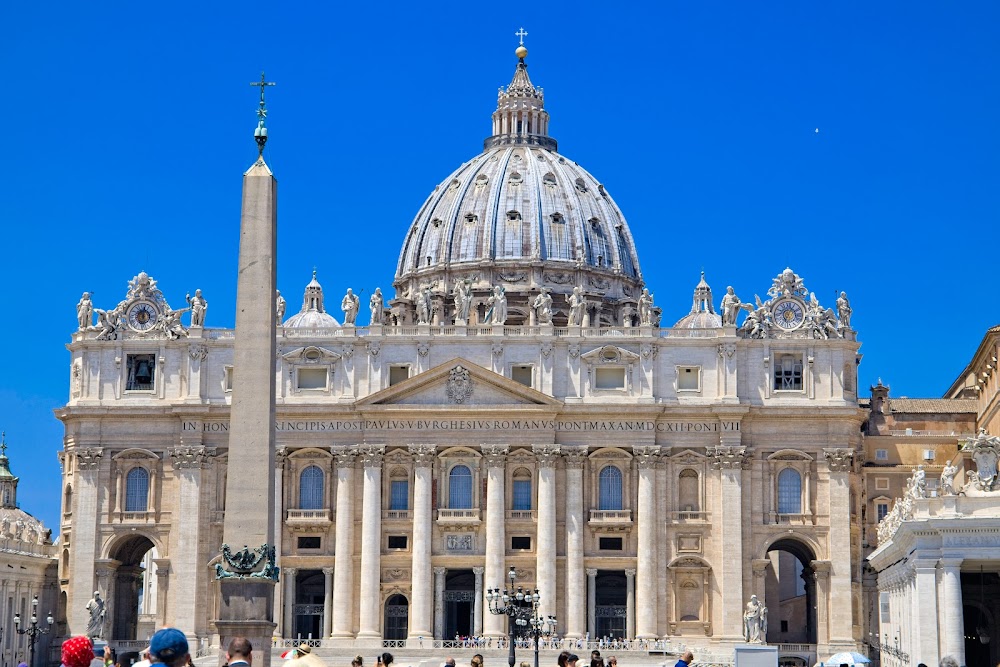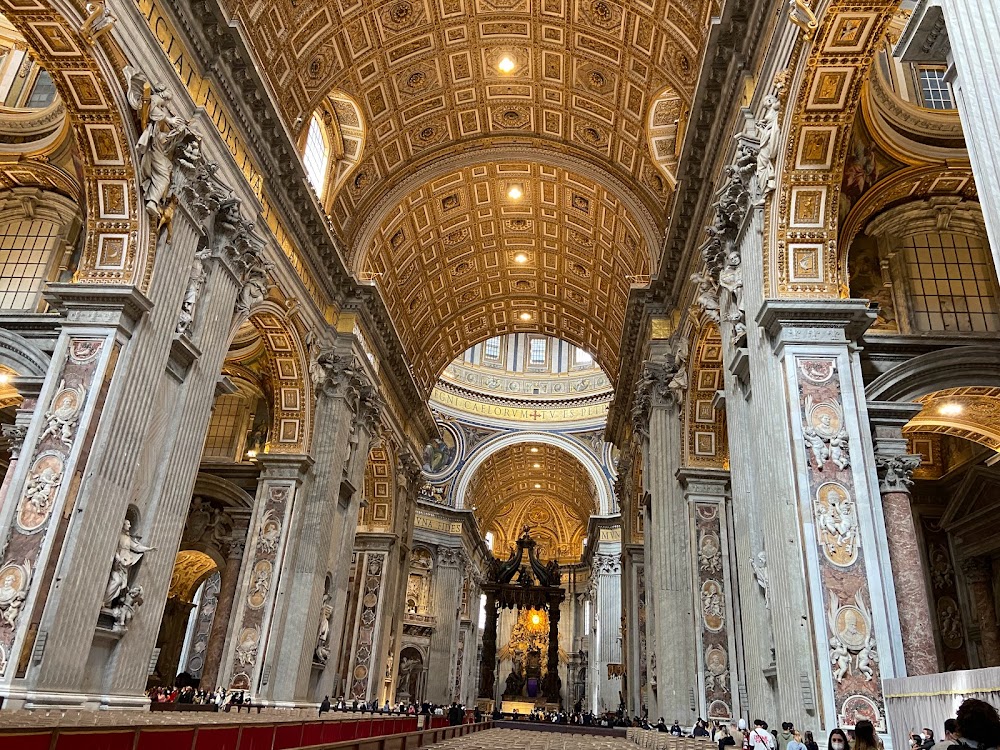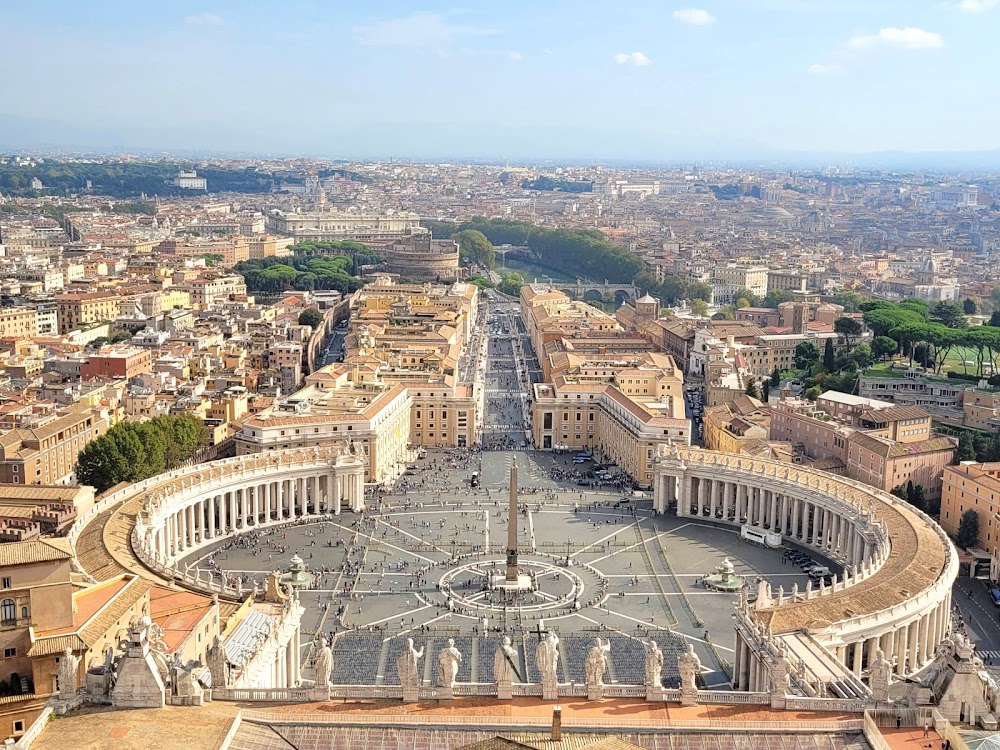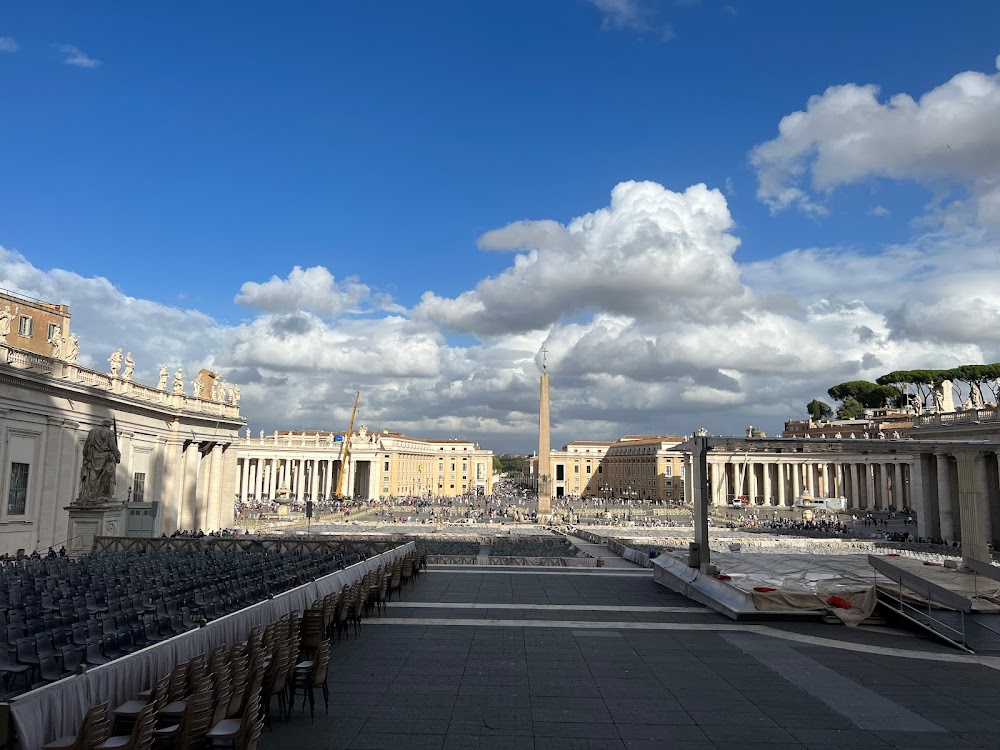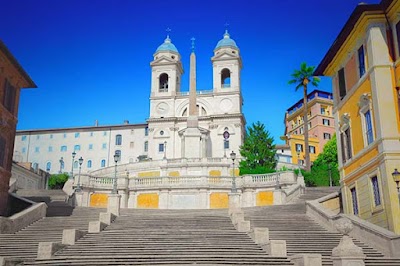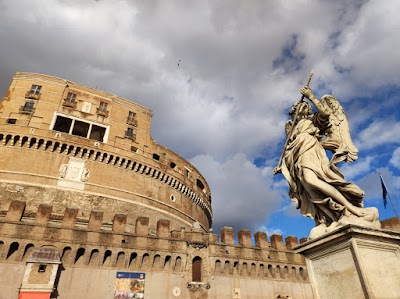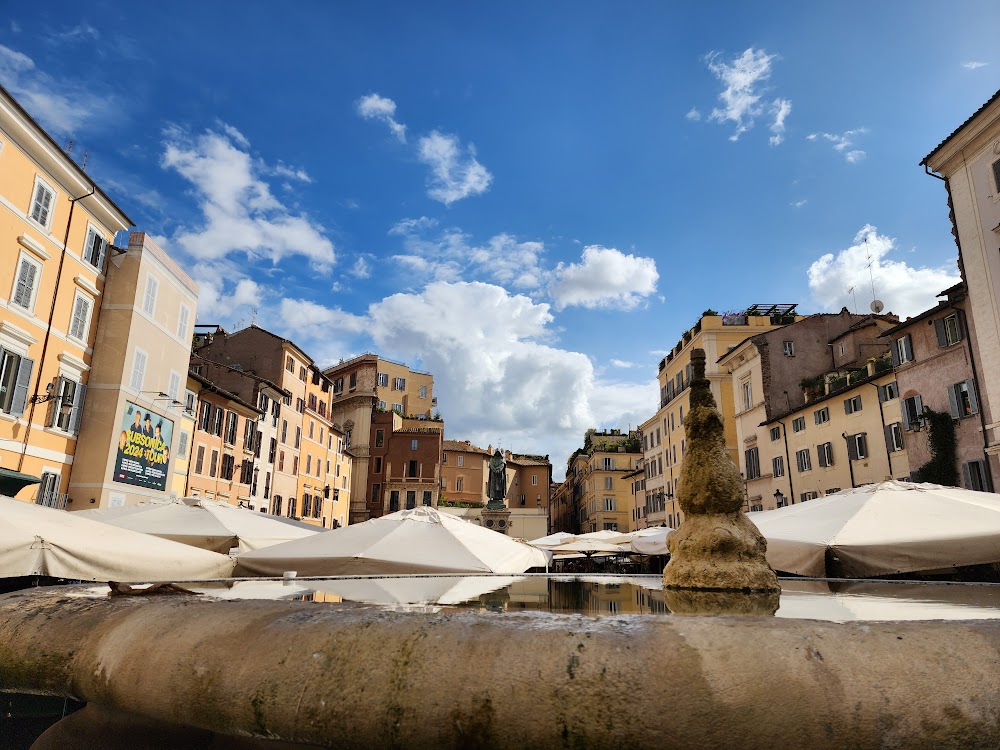St. Peter's Basilica (Basilica di San Pietro in Vaticano)
Overview
St. Peter’s Basilica in Rome, Italy, is not only one of the most breathtaking Christian churches in the world but also a significant masterpiece of art and architecture. The story of its construction is as fascinating as the structure itself, involving some of history's most brilliant minds.
Historical Significance
The site of St. Peter’s Basilica is believed to be the burial place of St. Peter, one of Jesus’s apostles and the first Pope. An earlier church, commissioned by Emperor Constantine in the 4th century, once occupied this sacred ground. However, by the 15th century, the old basilica had fallen into disrepair, prompting Pope Julius II to envision a grander structure to honor this important site.
Construction Beginnings
The construction of the new St. Peter’s Basilica commenced on April 18, 1506. Pope Julius II entrusted the renowned architect Donato Bramante with the groundbreaking design, which featured a Greek cross layout. Tragically, Bramante passed away in 1514, soon after work began, leaving the project in the hands of other talented architects.
Architectural Evolution
Following Bramante’s death, several prominent figures contributed to the basilica's design, including Raphael and Michelangelo. Raphael revised the original plan, opting for a Latin cross layout to better accommodate large congregations. Michelangelo, who took over in 1547, made significant modifications, simplifying Bramante's vision and fortifying the structure. Among his most notable contributions is the magnificent dome, which has become an iconic symbol of the basilica.
Completion Timeline
The dome was completed in 1590, a few decades after Michelangelo's death, but the basilica itself wasn’t fully finished until 1626 during the papacy of Pope Urban VIII. The entire process spanned over 120 years from the initial commissioning to the final consecration, highlighting the immense dedication and artistry involved in its creation.
Interior Marvels
The interior of St. Peter’s Basilica is equally impressive. The main altar, known as the Baldachin, was designed by Gian Lorenzo Bernini and stands directly above what is believed to be St. Peter's tomb. Bernini also crafted the Cathedra Petri, or Throne of St. Peter, a lavish bronze chair that resides at the back of the basilica, enhancing its spiritual significance.
Artistic Masterpiece
Renowned as a masterpiece of Renaissance architecture, St. Peter’s Basilica houses invaluable artworks, including Michelangelo’s Pietà—a poignant sculpture depicting Mary holding Jesus after His crucifixion. The sheer size of the basilica is astonishing; its nave stretches 218 meters long and can accommodate over 60,000 visitors at once.
Impact and Pilgrimage
The completion of St. Peter's Basilica significantly impacted architecture and the Catholic Church. It set a precedent for the design of future churches worldwide and continues to be a central site of pilgrimage and worship for Catholics everywhere.
Today, travelers to Rome can marvel at this architectural wonder, ascend to the top of the dome for breathtaking panoramic views of the city, or simply reflect in the awe-inspiring space that encapsulates centuries of history and faith.


